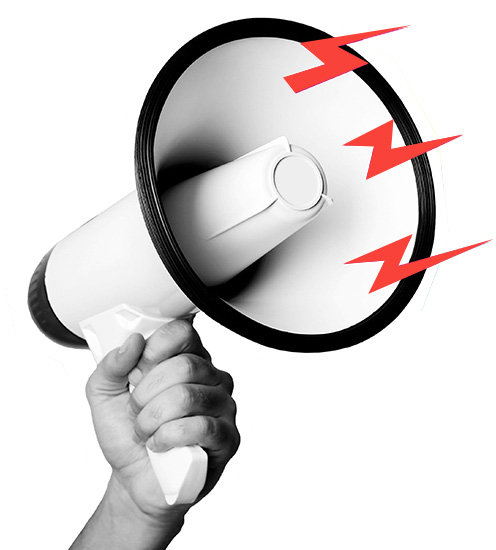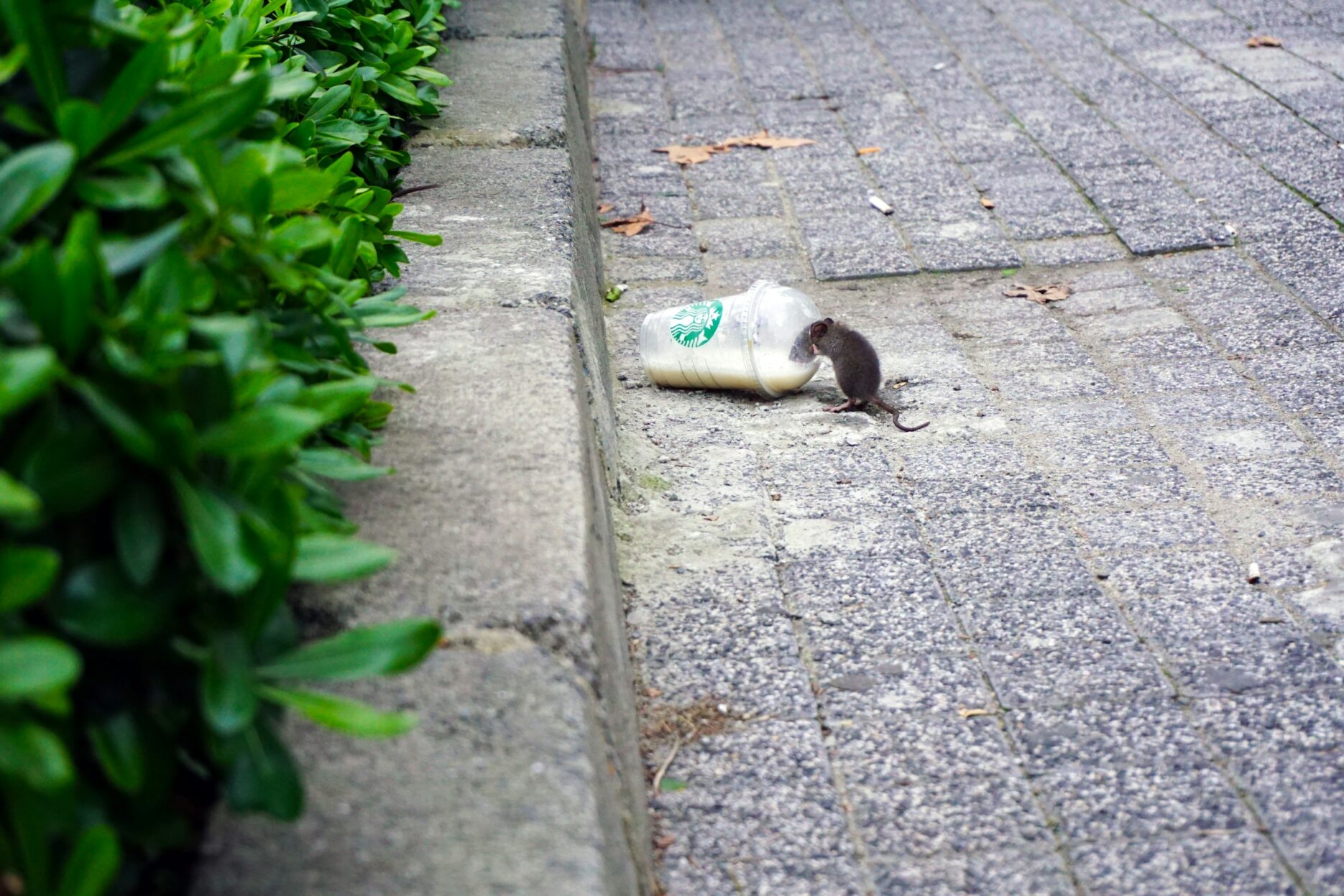“Mouse people” (老鼠人), sometimes “low energy mouse people” (低能量老鼠人), is one of the top “profiles” many young people in China identify with in 2025. This is one of a long line of self-deprecating nicknames Chinese netizens are giving themselves. It is part “emotional value” and part “abstract” humour that young people are embracing.
Who?
Self-ascribed mouse people describe themselves as having the same lifestyle as the common rodent. One attribute of the mouse people is that they have a disrupted sleep cycle or suffer from insomnia, sometimes completely nocturnal, such as when unemployed or on holiday. They struggle to get out of bed, rely on takeaways for sustenance and only eat when on the brink of starvation. Their usual habitats are in enclosed or high-pressure environments such as flats or offices. “Low energy” vlogs tend to find large audiences on Rednote, seemingly taking over the “high-energy” lifestyle vlogs for their relatable mentality.
Why did it go viral again?
It is an evolution from the previous “Mousy literature” (鼠鼠文学), where netizens use “鼠鼠” (Mousy) as their first-person nickname to describe their lives in the “sewers”. Similar to Malo literature (吗喽文学) and “cattle and horse” (牛马) literature before it, netizens, usually young professionals, strongly identify with these “spirit animals” as a stoic response to workplace and life pressures.
Why does it matter?
Malo (吗喽, or “malao”, meaning monkeys in Cantonese) went viral last year while “Mousey” remained niche. That is why we saw several “malo” collaborations from brands last year, and also why “Mousey” didn’t oversaturate the discourse, instead evolving among social media users. It is possible that whichever brand manages to leverage the popularity of the term could see similar viral success like the “malo” co-brandings of last year.




